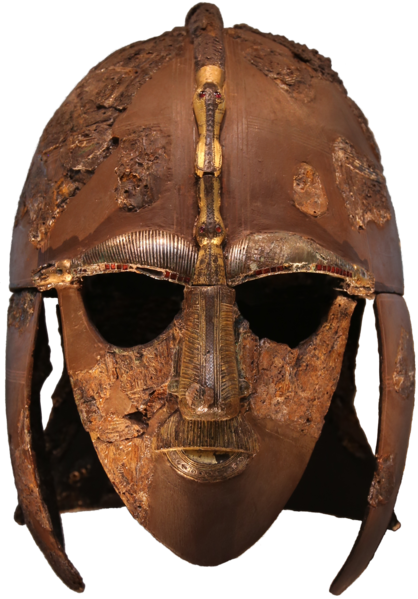Celtic Paganism
The Celtic Religion has no overall name. It is controlled by the Druids, with quite a bit variation depending on the regional tribes of Celts. Most believe in a number of gods covering all aspects of nature and life, ranging from birth to death, warfare, the equinoxes & solstices, to the afterlife. Gods, like Lugh (the sun god), and the Morrigan (warfare & death), have at least similar variants in the continental tribes, usually under different names. Since each tribe falls under one of two general languages many of these have overlapping beliefs too. The most depicted god, at least in Europe in art is Cernunnos (the horned god), regularly depicted as sitting with stag antlers coming from his head. Another is the goddess Sequanna, a healing goddess worshipped around the River Seine, and worshipped by the Parisii Celts. Other gods/goddesses include Brigantia in Britain and tied with victory, Epona (a goddess) and governs horses, Esuss with his hammer-like staff dealing with crafts, and also Rhenus, the god associated with the River Rhine. Many gods are particular to certain regions & tribes. The Romans, and to a lesser degree the Greeks, associated them with their own gods. This led to many only being referred to in Latin with the Roman god's name.
The gods were honoured through votive inscriptions, rituals and burial practices. The Celts never wrote down their religious treatise and only passed the practices by word of mouth. This led to some erroneous ideas at the hands of the Romans, and the Greeks before them. What is known is that certain sacrifices are made, and certain places are sacred. The latter usually involves places like parts of bog/marshes, lakes & other bodies of water, and also sacred groves usually with oak trees. The former places usually involved sacrifices and offerings. Broken equipment and swords, and even working equipment has been found in these. The sacrifices are usually a tri-fold sacrifice, with some found on the British Isles involving the sacrifice being well fed & cared for before the ritual. They are then hit on the head to have their skull cracked open, strangled, and then had the throat cut before being placed in the water. A few bog bodies have been found this way. Some continental sacrifices have had similar wounds. This also is to do with the Celtic belief of many of their gods having a tri-fold appearance and / or set of abilities. Another aspect is the sacrifice of hanging a person from an oak tree, or burning them in a wicker man with other offerings. Sometimes done with criminals, and sometimes willing sacrifices. A few sacrifices are affected by the god/goddess and are different, such as Esus, and his sacrifices involved the sacrifice being hung from a tree and their limbs removed. In rare cases the sacrifice is watched while they died to try to divine the future during their death-throes.
They also are head-hunters believing the soul is in the head, and that owning a powerful person's skull bring wealth, power. luck or some other trait to the owner. They either kept the skulls in an area or container to show off, or built into their houses so the inhabitants got the effect overall.
Besides river features & sacred groves, hill-tops and mountains are sometimes sacred sites too. These are viewed as entry points between the material world to the Otherworld, and sometimes viewed as being connected to other worlds altogether like the Feywild, the Seelie Court, or Unseelie Court. They sometimes wear amulets to protect against negative energies and creatures. Many of these are like talismans, and usually have sacred animals inscribed on them, usually a boar, horse, stag or bull.
When burying the dead they use mounds, especially in the case of high ranking individuals of either sex. Grave goods such as weapons, chariots, food, bowls etc is buried with them. The larger the more important the individual. Sometimes more bodies are added over time to these. Cremation sometimes takes place, as well as leaving the bodies to the elements and parts of the skeletons retrieved later for use in rituals.
The Druids rule over the proceedings and it takes 20 years to become one, from novice to full initiate.
Two of the main festivals are Beltane and Samhain. The former is tied in to the 1st of May, and midway between the Spring Equinox and Summer Solstice (both these would have their own religious ceremonies). It represents the beginning of summer, and the coming together of the Goddess & Green Man to produce new life. Samhain starts on the evening of 31st October and finishes on the evening of 1st November. It marks the end of harvest time and the beginning of winter. It is also roughly half-way between the Autumn Equinox and Winter Solstice (again, both having their own ceremonies). Great feasts are held, bonfires lit, and burial mounds open to the Otherworld as the Celts believe that the 'walls' between both worlds are thinnest at this time.
Type
Religious, Cult
Divines
Related Myths



Comments